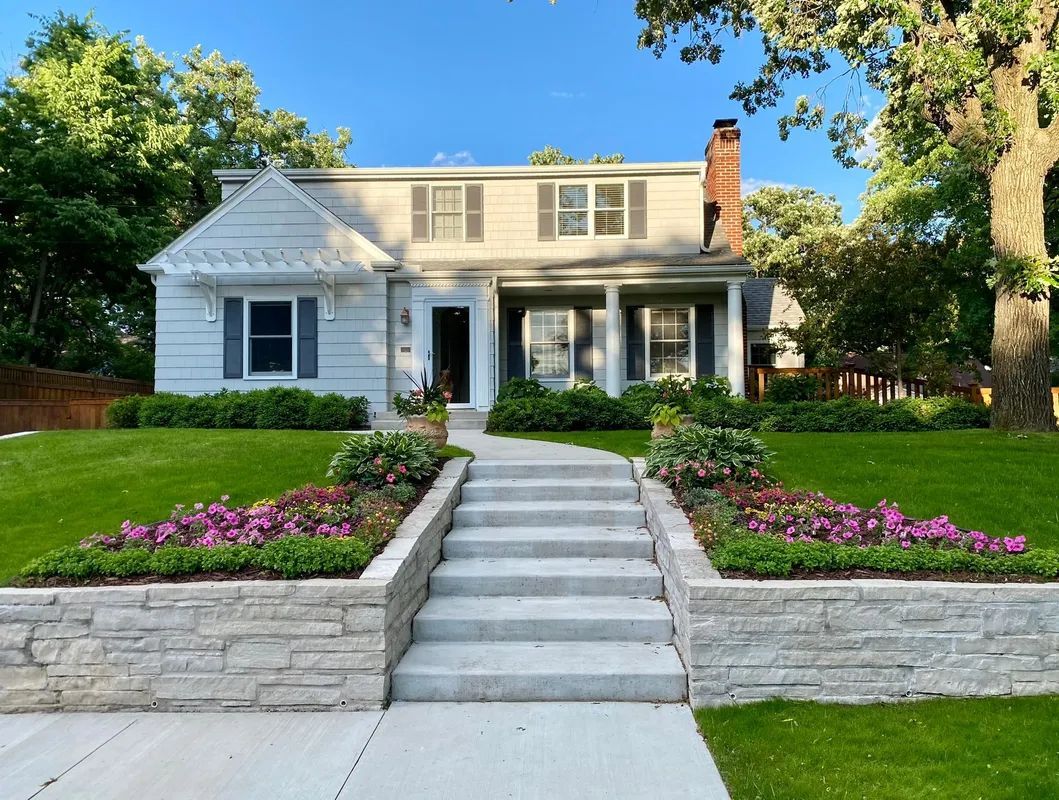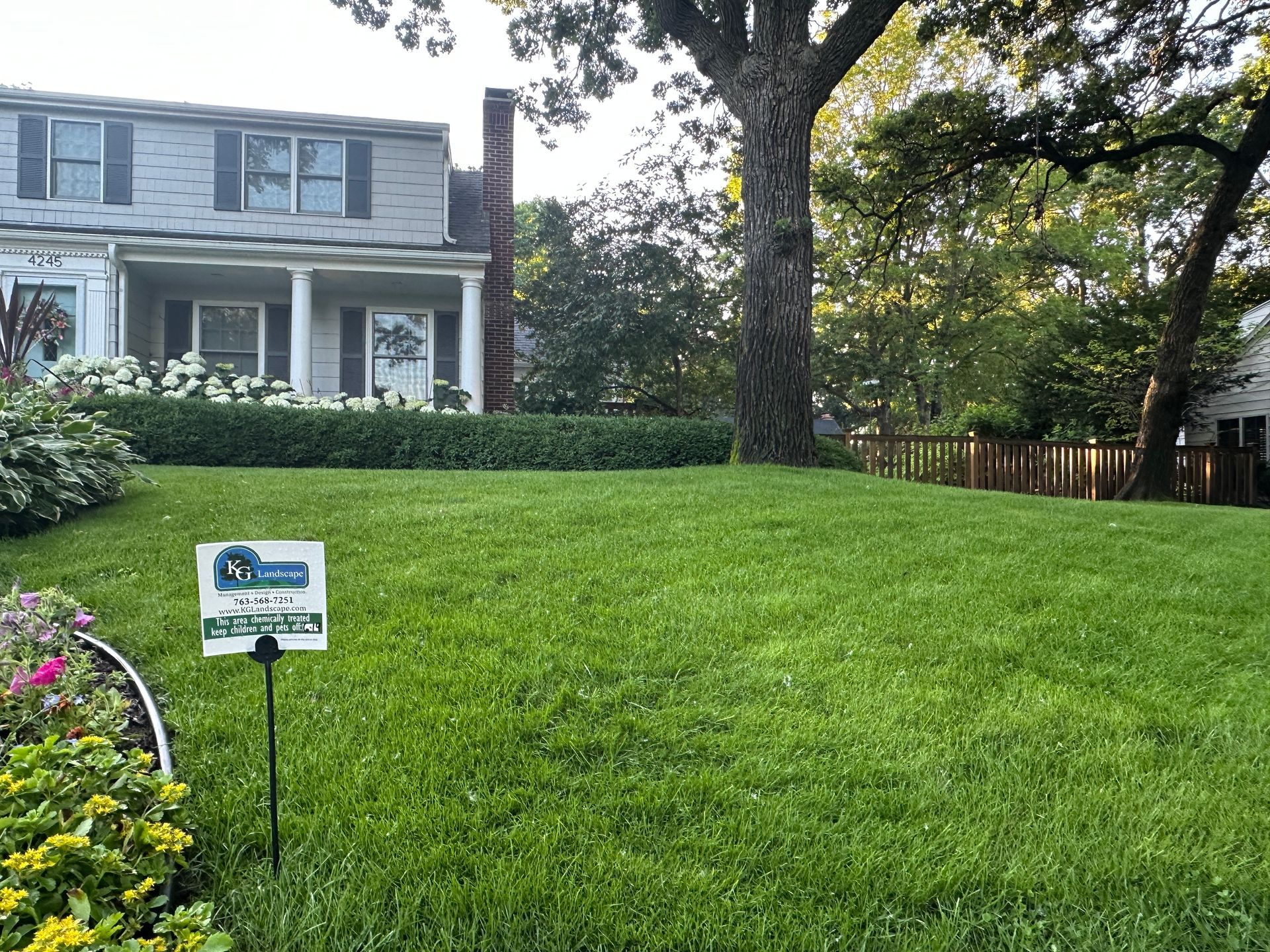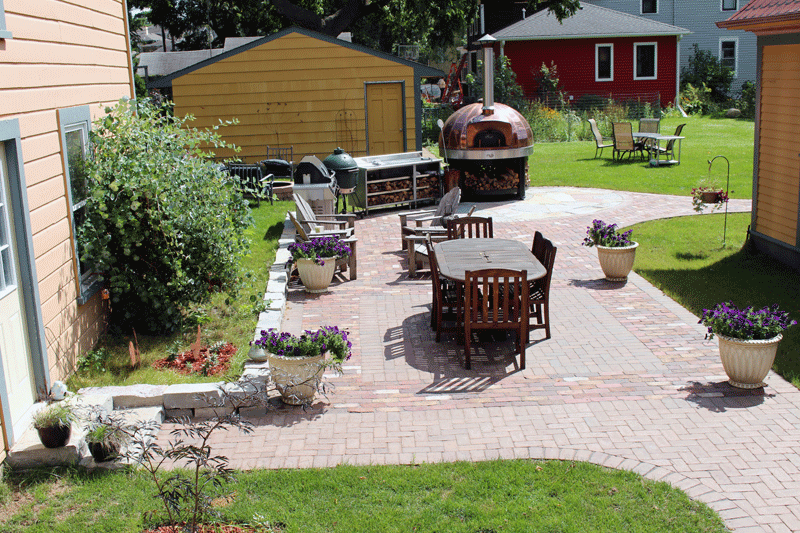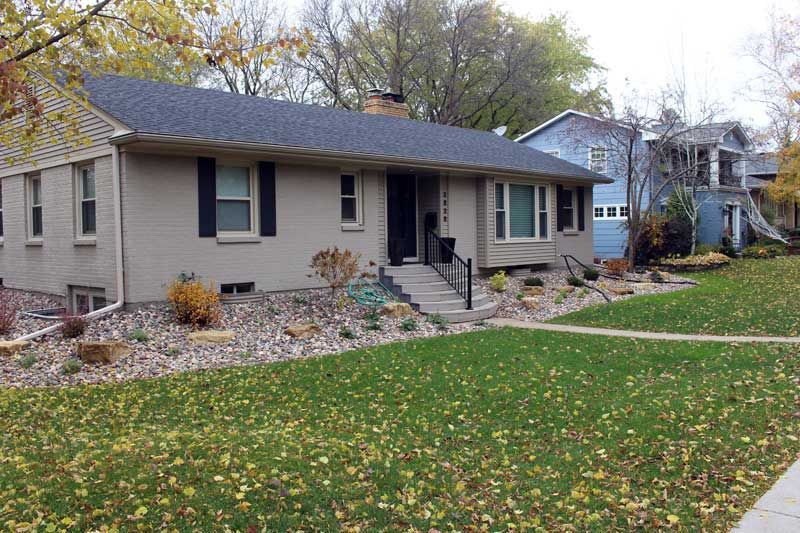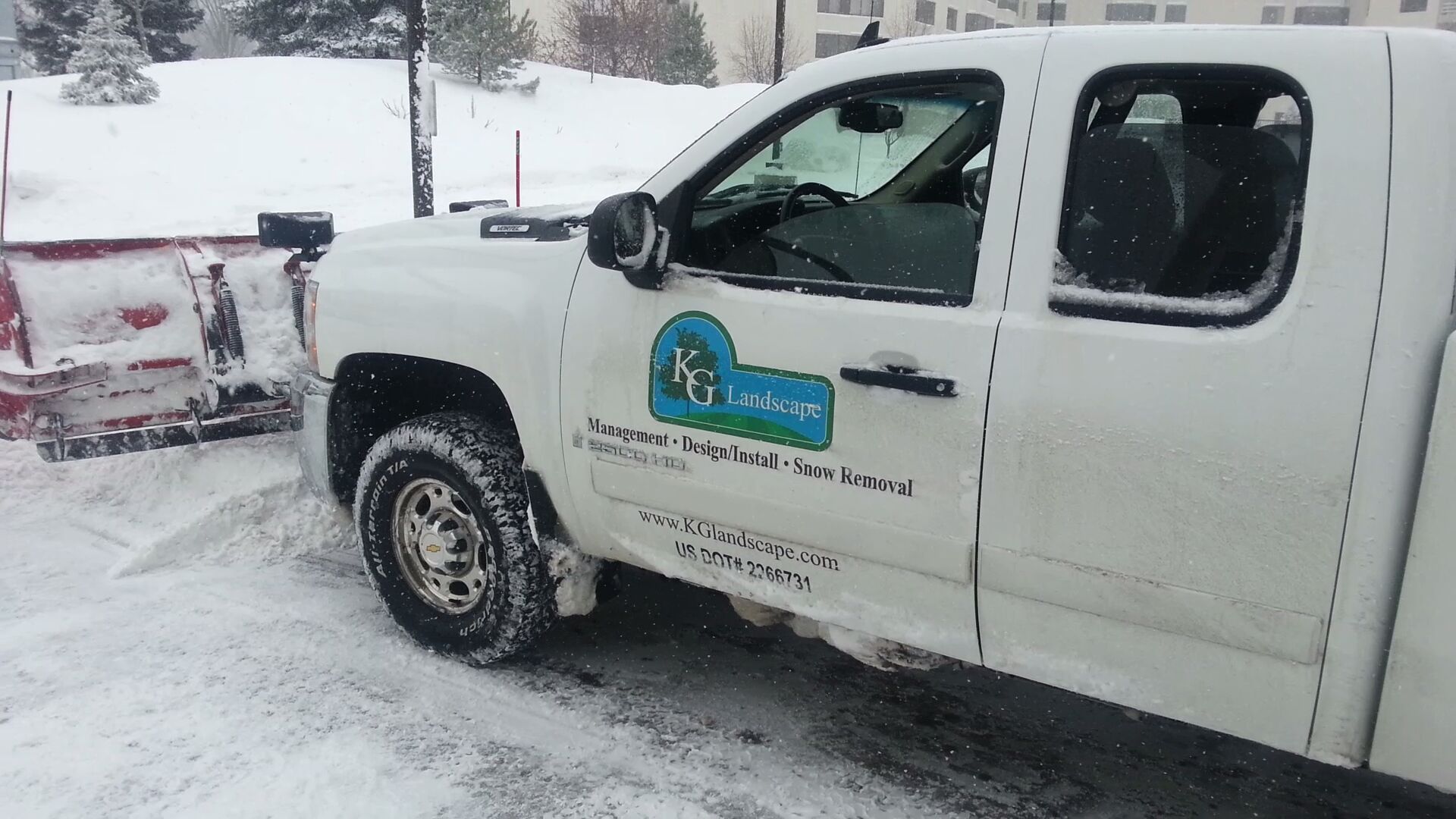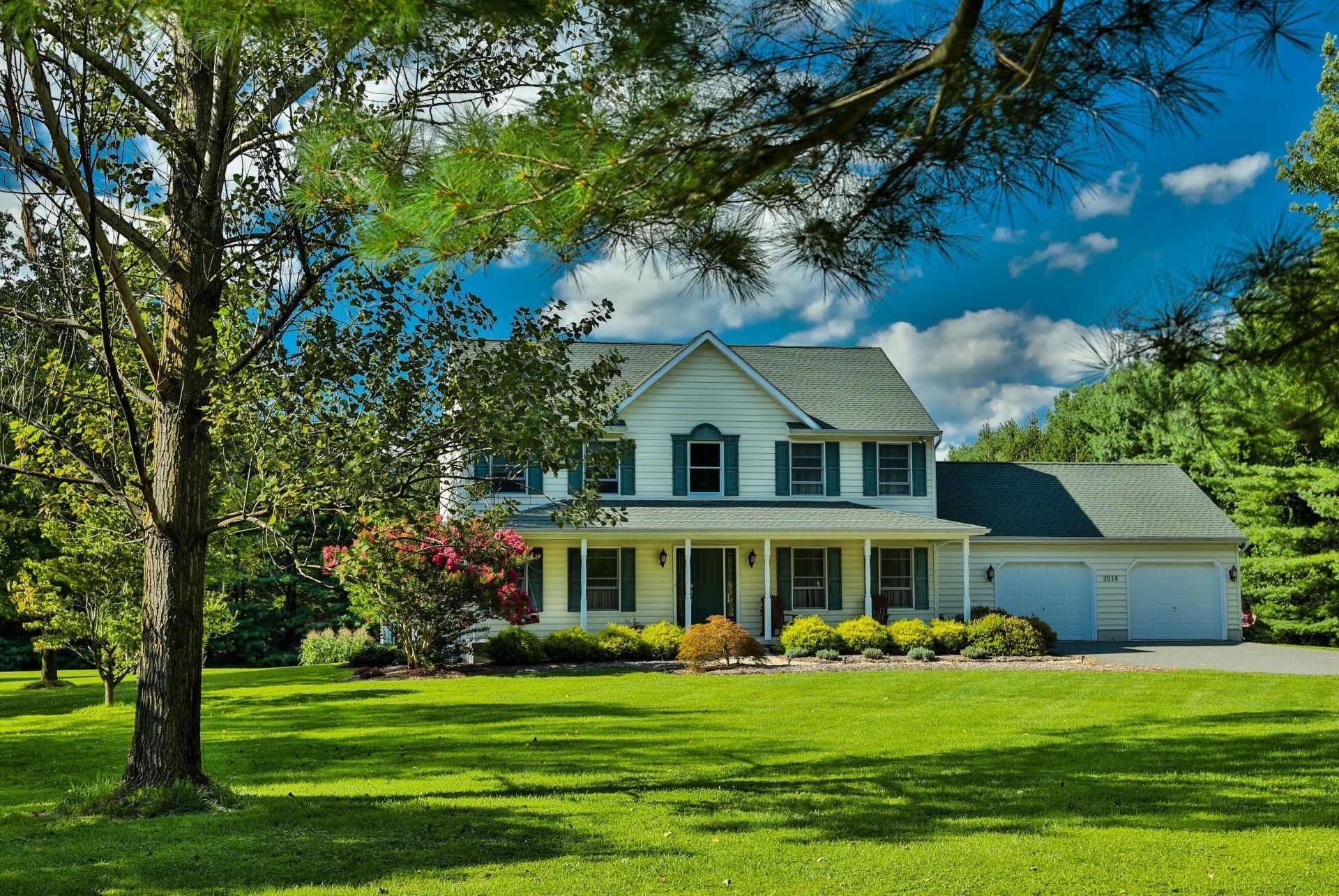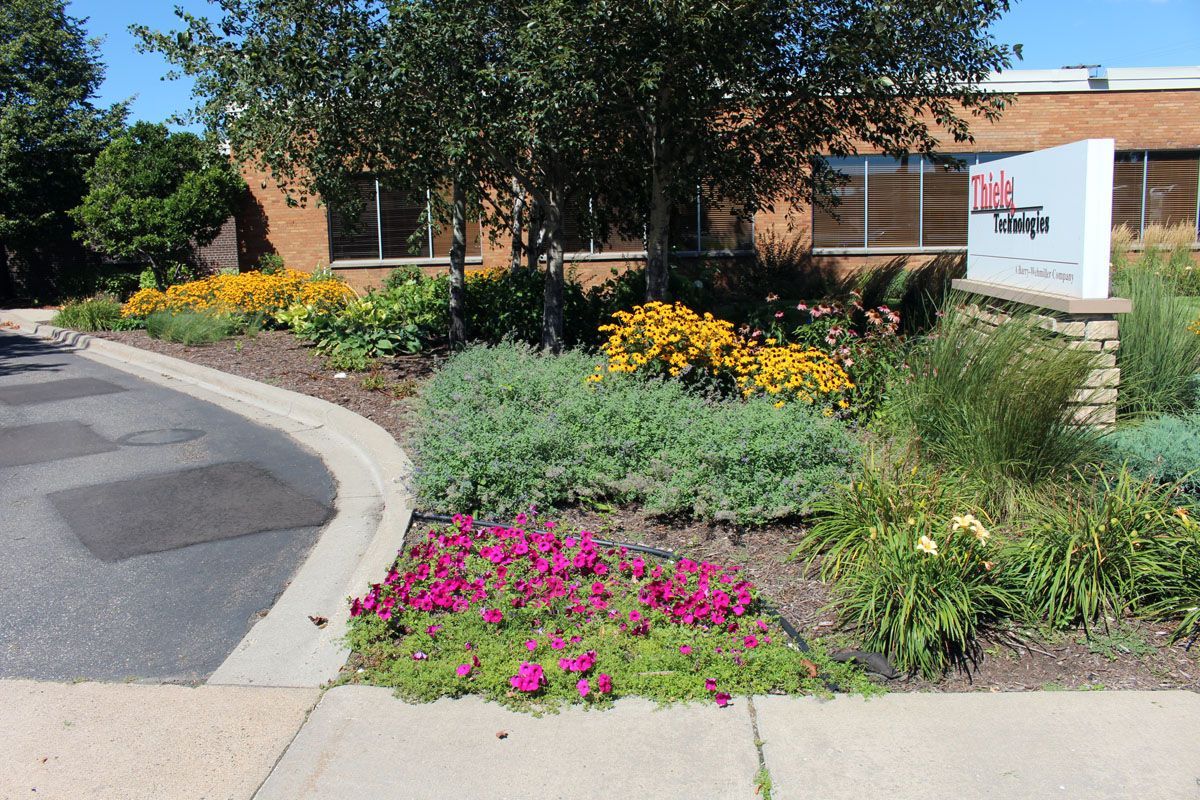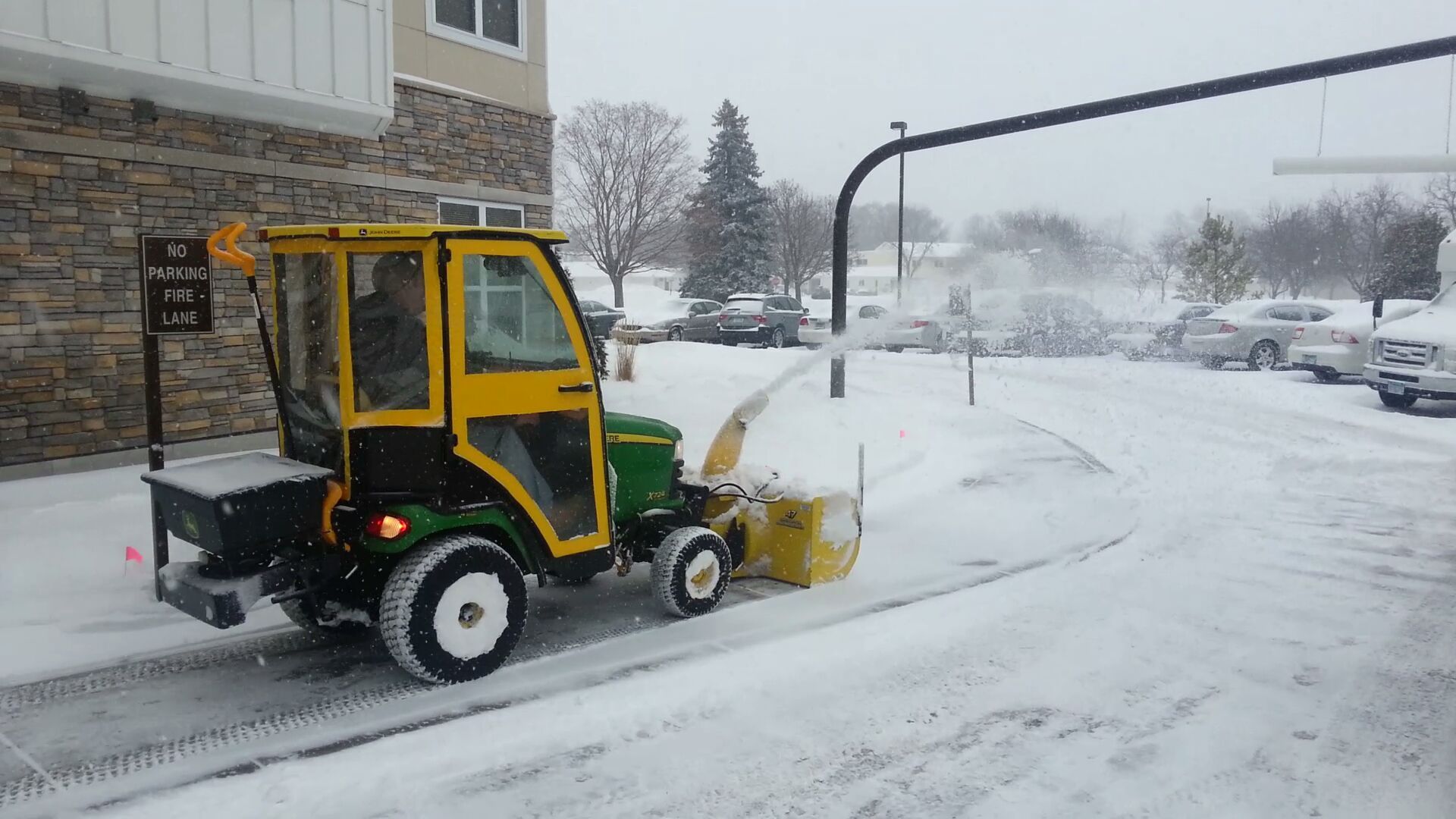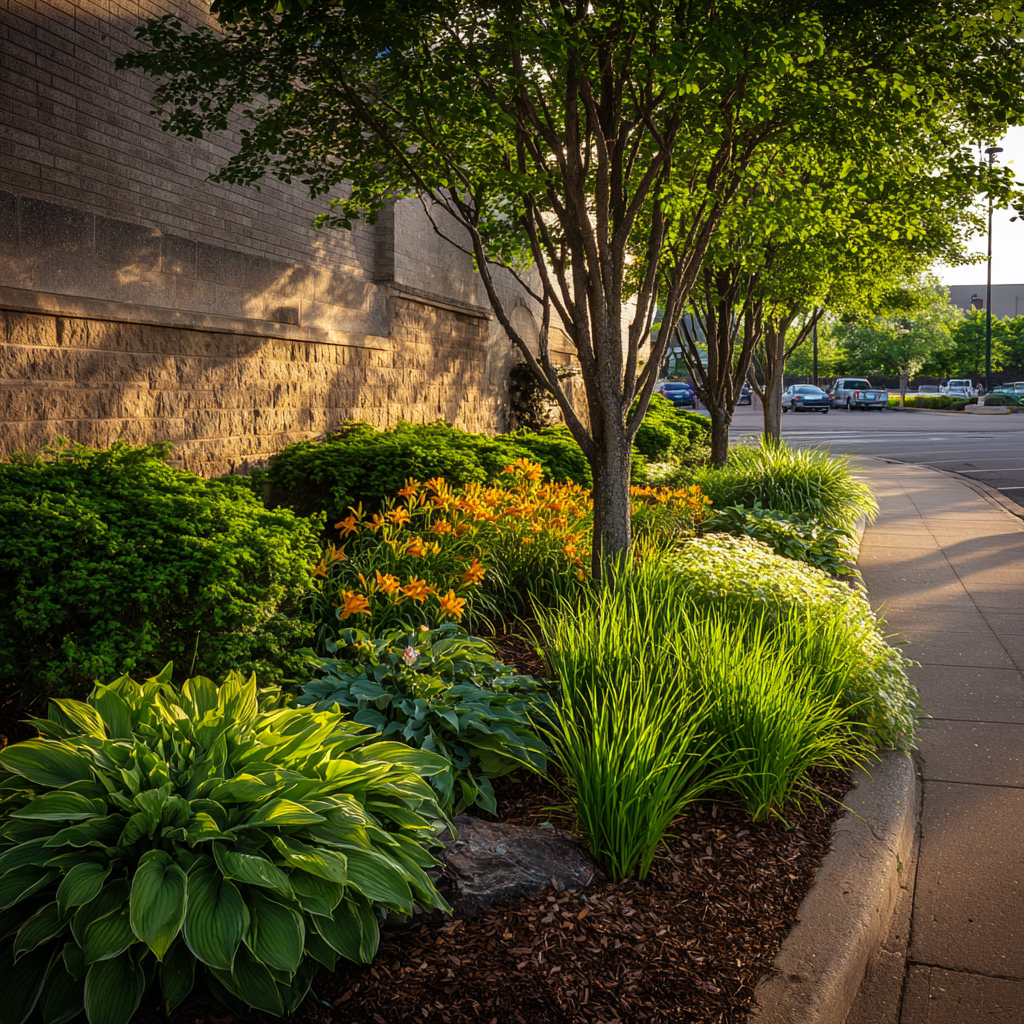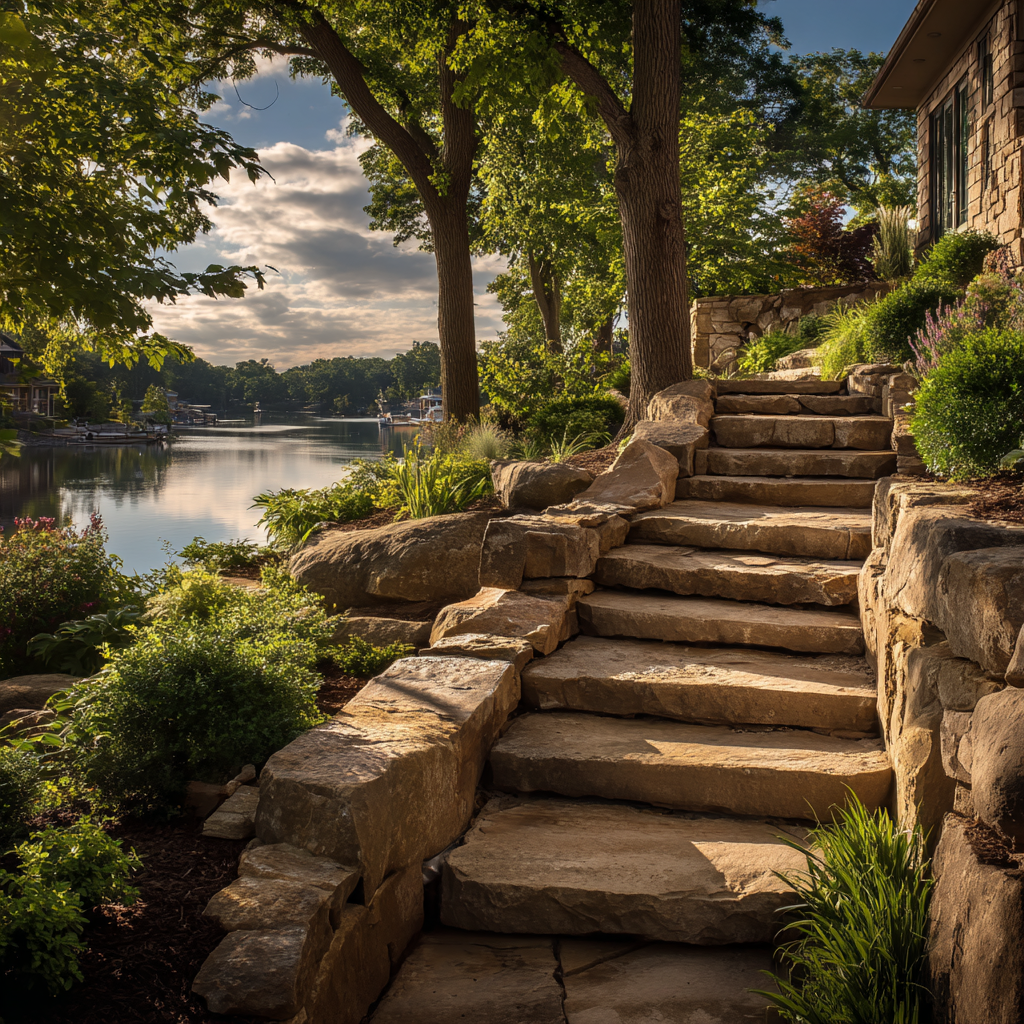There are few real necessities for a Minnesota home. Heat is obviously important in the winter, but air conditioning is very important too. Most homes in Minnesota have air conditioners but, unfortunately, the companies that design air conditioners don’t design them to look very pretty. Because so many homes have them and many of them are ugly, it is a very common part of our landscape design process
to pick some plants and shrubs to hide the air conditioner.
Shrubs Are an Economical and Easy Way to Hide Your Air Conditioner
There are a wide variety of ways to hide an air conditioner. Recommendations can include building a trellis and vines
, installing annuals like sunflowers, or installing a planter full of annuals. We here at KG Landscape prefer to use Minnesota-hardy shrubs to hide that pesky AC unit. The shrubs we’ll discuss below are all well tested by our years of landscape design/install
experience. One note to be aware of is that it’s important you use the right cultivar and species discussed below. Some shrubs of the same species are spreading and some are upright, so keep an eye out for that.
Hydrangea (“quickfire” or “bloomstruck” varieties)
Hydrangeas are our preferred choice for hiding air conditioners. There are a few reasons why we like hydrangeas so much. First, they grow quickly, so within just a couple years full coverage should be achieved. Second, hydrangeas are beautiful, and flower throughout the summer. Third, there are an incredible variety of colors to choose from, so it’s easy to mix and match. Finally, they are on the more affordable side, which allows our designers to use some more exotic plants in other locations on the design instead of using a lot of money to cover up eyesores.
Evergreens (holmstrup arborvitae or pyramidal boxwood)
Evergreens are another choice for blocking an air conditioner on any side of a home. Different types of evergreens have really interesting textures that add a lot to a landscape design. Evergreens can also add much more upright height than some of the other suggestions we have here. However, evergreens are much more expensive than dogwoods and hydrangeas. They also take a lot longer to grow up and really fill in when compared to other options for hiding an air conditioner.
Dogwood (“firedance” or “arctic fire” varieties)
A lot of the same things we like about the hydrangeas also apply for the dogwoods. They are cost effective and provide full-year coverage (actually more thorough coverage than hydrangeas). The main difference between the hydrangeas and dogwoods is that hydrangeas have the color interest in the flowering parts. Dogwoods have their own color, though, and many dogwoods have wonderful fall colors.
There you have it: our 3 best shrub options for hiding an air conditioner on a home or commercial property. TLDR: Dogwoods have great coverage but are not as interesting. Hydrangeas are very interesting but usually not as tall or full. Evergreens have lots of interest but are more expensive. However, they are all great options.
Have An Experienced Landscape Designer Design Around your Home
We strongly suggest having an
experienced landscape designer design the shrubs and other plants around your home. Picking random plants and hoping they all fit together and grow together will not give you the best outcome. Also, installing the plants the correct distance away from the AC unit and home is essential for proper functioning. Let KG Landscape know how we can help with your landscape design needs, simply by giving us a call or
submitting to our quote system.

